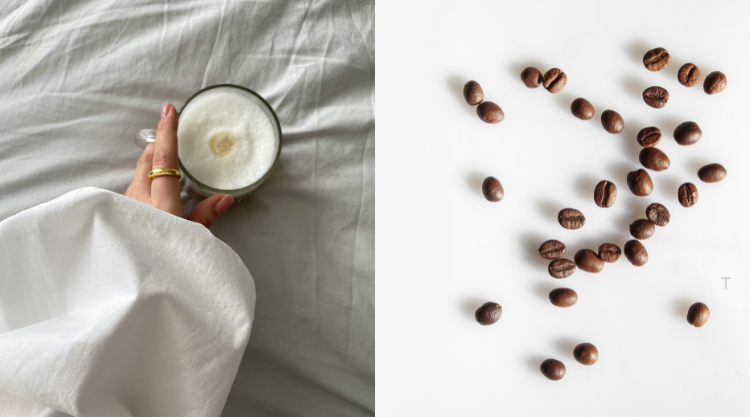Blue Zones are parts of the world where people live exceptionally long lives beyond 80. This can be due to several lifestyle factors, from diet and exercise to low stress and rich social interactions.
Okinawa is one of the five Blue Zones, which was home to the world’s longest-lived woman. There are 35 centenarians (people over 100) for every 100,000 people. Extended life spans in Okinawa are primarily said to be attributed to “ikigai” — a unique sense of purpose.
That said, let’s explore what exactly makes Okinawa a Blue Zone together, and how you can use these lessons to live a longer, healthier life.
Where Is Okinawa?
Okinawa is the largest of the Ryukyu Islands off the coast of Japan. It is surrounded by the East China Sea and the Philippine Sea and nicknamed the “island of longevity.”
What Is the Average Lifespan in Okinawa?
Many seniors on Okinawa island live to 100, but the oldest person in the world — Kama Chinen — lived until 114 before passing away a week before her 115th birthday.
A 2020 census conducted by the Ministry of Health, Labour and Welfare stated that Okinawan men live to an average age of 80.27. For women, the average lifespan is 87.44.
What Do They Eat in Okinawa?
The traditional Okinawan diet is low-calorie and carb-based. It includes lots of vegetables, local fruit, fish, meat and tofu, according to native Makoto Suzuki, who is 89 years old and has studied the secrets of his fellow islanders’ longevity throughout his life.
He says he’s had meat once a week since he was a boy, as well as small portions. Okinawans believe in “hara hachi bu” — eating until you are 80% full.
Nowadays, there’s more protein and fat in an Okinawan diet, but the priority is still whole, nutrient-dense, high-antioxidant foods. Essential nutrients allow for the proper function of your body, while antioxidants offer protection against cellular damage.
Okinawans have very little rice unlike other Japanese natives, and use sweet potatoes as their main source of calories. Studies show that staples in an Okinawan diet consist of:
- Vegetables (58-60%): including sweet potato, kelp, seaweed, bitter melon, Chinese okra and green papaya
- Grains (33%): including rice, noodles, wheat and millet
- Soy foods (5%): including tofu, miso and edamame
- Meat and seafood (1-2%): including seafood, pork and mostly white fish
- Other (1%): spices, alcohol, dashi (broth) and tea (mostly jasmine)
It’s also important to note that Okinawan culture treats food as medicine; therefore, the diet features herbs and spices known for their health benefits. Turmeric and mugwort are just two examples.
What Does a Regular Day Look Like in Okinawa?
A regular day in Okinawa may look slightly different compared to what most of us are used to. Here’s how.
Exercise
The authors of “Ikigai: The Japanese Secret to a Long and Happy Life,” García and Miralles, assessed the Okinawan centenarians’ daily behaviours in depth while researching for their book. They say exercise is important, but you don’t need to go to the gym for an hour every day or run marathons. Rather, natural movement is the norm.
Nearly everyone that García and Miralles spoke to practised radio taiso every morning, which is a popular Japanese exercise that takes just a few minutes to complete. Rajio taisō, which translates to “radio exercises,” has been around since 1929 and is low in intensity. Find it here.
Native Makoto Suzuki says when he was younger he would do a lot of walking, climbing and archery — whatever brought him joy.
Okinawans also don’t have much furniture in their houses, so they sit on mats on the floor to eat their meals. Getting up and down off the floor multiple times a day builds balance and lower body strength.
Rich Social Interactions
Okinawans are super sociable people and have a tradition of belonging to social groups called “moai.” The members meet regularly to socialise, enjoy shared interests and support each other.
Many Okinawans see their friends and family members every day and prioritise spending time with them for therapeutic purposes. This ensures the moai are always happy and without worry.
Minimal Stress
Another Japanese concept that helps reduce stress is “wabi sabi.” This is all about letting go of our quest for perfection and embracing our imperfections.
Instead of worrying that things aren’t quite right, it’s important to appreciate what we already have and live in the present moment. This will help us find joy in the little things and make the most of every moment we have on earth.
Ikigai
Arguably the most significant longevity lesson that we can learn from the people of Okinawa is ikigai. This roughly translates to “the meaning of life,” or the thing that makes you get out of bed every day.
Ikigai as a concept that embodies the idea of finding joy and purpose in life. It is often described as the reason for being or the motivation that gets you out of bed each day. The word itself combines "iki," meaning life, and "gai," meaning worth.
Ikigai is found at the intersection of four elements: what you love, what you are good at, what the world needs, and what you can be paid for. We love the concept of Ikigai so much it was part of the inspiration of our logo.
Many Okinawans believe that everyone has an ikigai, or destiny, that they were born to fulfil. This could be something you’re passionate about or are skilled in. It could also relate to how you earn a living or the change you can contribute to the world.
Find your ikigai and incorporate it into your every day. It’s your reason for being here and the Okinawan secret to living a long and healthy life.





